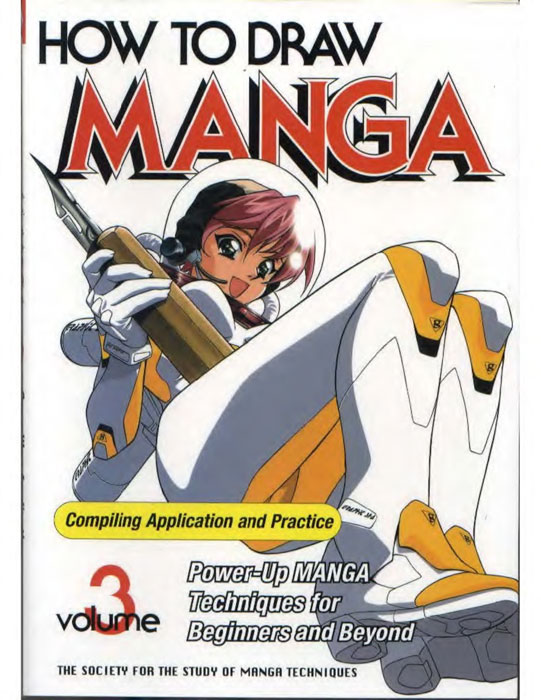
It shows that, in "Bleach," seeking spiritual transcendence drives character development, plot, and setting that the Buddhist Wheel of Life best explains “powering-up” of characters to higher spiritual and physical planes of being and that the story’s action and resolution depend on a wish-fulfilling jewel, with several characters rooted in such Buddhist archetypes as nagas (dragon deities), the Wisdom King Aizen Myô-ô, and the Sâkyamuni Buddha. As such, this paper sets out to show that Buddhist imagery is in "Bleach" and is inherent to literary assessment of the story's value as a whole. However, I posit that much of this is due to cultural barriers, as the latter two arcs rely heavily on esoteric Buddhist symbology such as Aizen Myo-o and wish-fulfilling jewels, which were set up in the first arc. "Bleach" is a manga best-selling in the US and Japan in the early 2000s, published by Shuesha in its weekly "Shonen Jump" imprint however, in America the "first arc" ("Soul Society Arc") of the story was received to great success, with the "second" ("Arrancar") and "third" ("Hueco Mundo") "arcs" meeting with great derision as "filler material" and plot-recycling. A discussion of diasporic communities is included in order to discuss how the Japanese race is conceptualized as it moves through different geographical and cultural spaces. In this chapter, Japanese identity, masculinity, and sexual ability are linked to the national sport of sumo wrestling. Chapter three investigates the manifestation of Japanese masculinity in Gringo (1987–89), one of Tezuka’s final works.

The concept of hybridity is utilized and the case is made that Tezuka ultimately denies his racially mixed characters the benefits of their Japanese identity. Chapter two examines intersections between race and war narratives using Adolf (1983–85, 1995–96 English), Tezuka’s WWII epic about the Jewish Holocaust.

Chapter one analyzes Ode to Kirihito (1970–71, 2006 English), and introduces Julia Kristeva’s theory of abjection to show the ways in which Tezuka bestializes his ethnically Japanese protagonists and turns them into a distinct class of subaltern.

By investigating three of Tezuka’s mature, lesser-known works from the 1970s and 80s, I will illustrate how Tezuka’s narratives have been shaped by his consciousness of racial issues and his desire to investigate the changing nature of Japanese identity in the postwar era.

Tezuka Osamu (1928–1989), Japan’s “god of manga” and the creator of such beloved series as Astro Boy and Kimba the White Lion. This master’s thesis explores the construction and mutability of the Japanese race and ethnicity in the print comics of Dr.


 0 kommentar(er)
0 kommentar(er)
